The name “orthophosphoric acid” can be used to distinguish this specific acid from other “phosphoric acids”, such as pyrophosphoric acid. Nevertheless, the term “phosphoric acid” often means this specific compound; and that is the current IUPAC nomenclature.
Uses
The dominant use of phosphoric acid is for fertilizers, consuming approximately 90% of production.
| Application | Demand (2006) in thousands of tons | Main phosphate derivatives |
|---|---|---|
| Soaps and detergents | 1836 | STPP |
| Food industry | 309 | STPP (Na5P3O10), SHMP, TSP, SAPP, SAlP, MCP, DSP (Na2HPO4), H3PO4 |
| Water treatment | 164 | SHMP, STPP, TSPP, MSP (NaH2PO4), DSP |
| Toothpastes | 68 | DCP (CaHPO4), IMP, SMFP |
| Other applications | 287 | STPP (Na3P3O9), TCP, APP, DAP, zinc phosphate (Zn3(PO4)2), aluminium phosphate (AlPO4, H3PO4) |
Food-grade phosphoric acid (additive E338) is used to acidify foods and beverages such as various colas and jams, providing a tangy or sour taste. Soft drinks containing phosphoric acid, which would include Coca-Cola, are sometimes called phosphate sodas or phosphates. Phosphoric acid in soft drinks has the potential to cause dental erosion. Phosphoric acid also has the potential to contribute to the formation of kidney stones, especially in those who have had kidney stones previously.
Specific applications of phosphoric acid include:
- In anti-rust treatment by phosphate conversion coating or passivation
- As an external standard for phosphorus-31 nuclear magnetic resonance.
- In phosphoric acid fuel cells.
- In activated carbon production.
- In compound semiconductor processing, to etch Indium gallium arsenide selectively with respect to indium phosphide.
- In microfabrication to etch silicon nitride selectively with respect to silicon dioxide.
- As a pH adjuster in cosmetics and skin-care products.
- As a sanitizing agent in the dairy, food, and brewing industries.




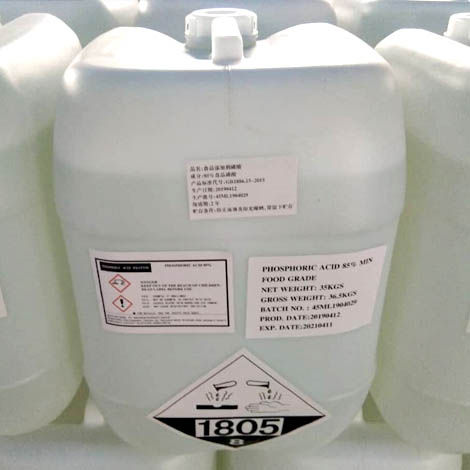
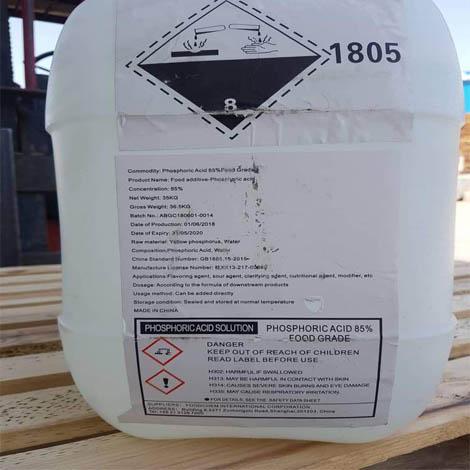
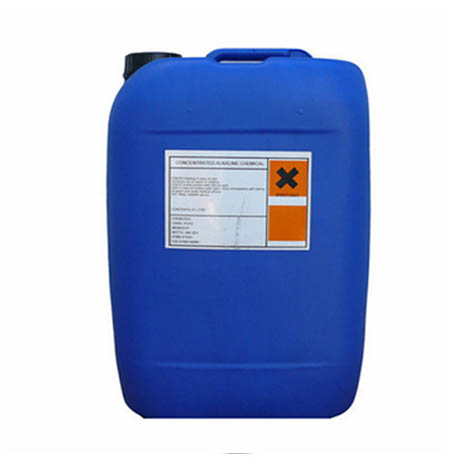

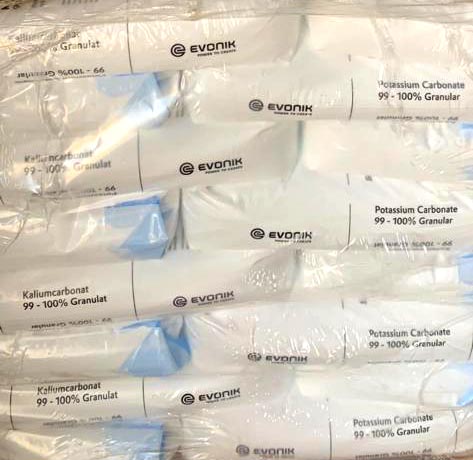
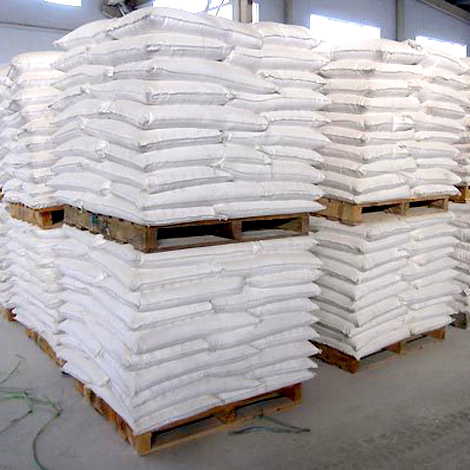

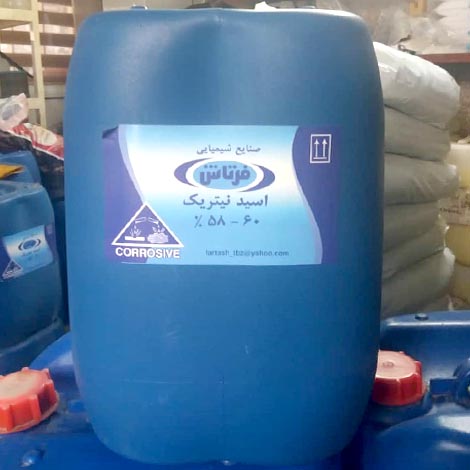

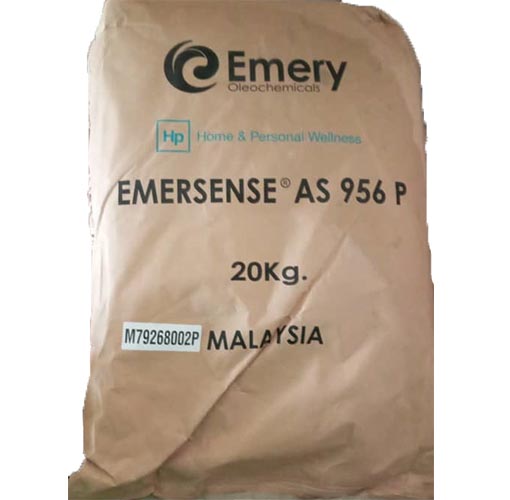
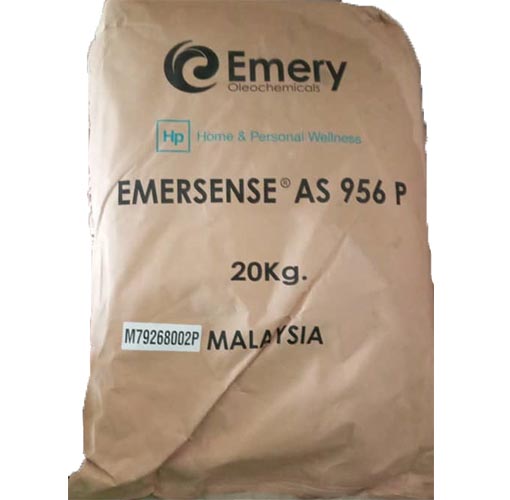
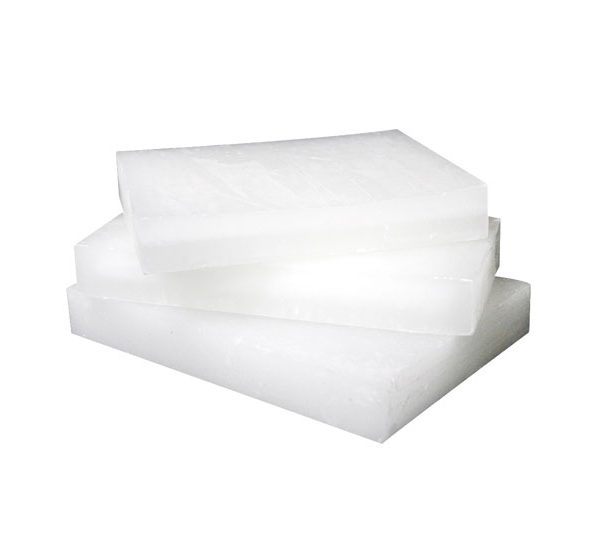


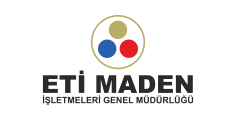
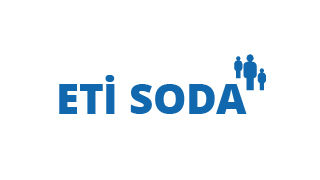
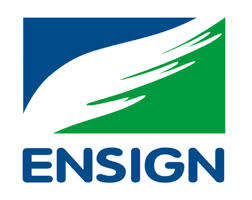


Reviews
There are no reviews yet.